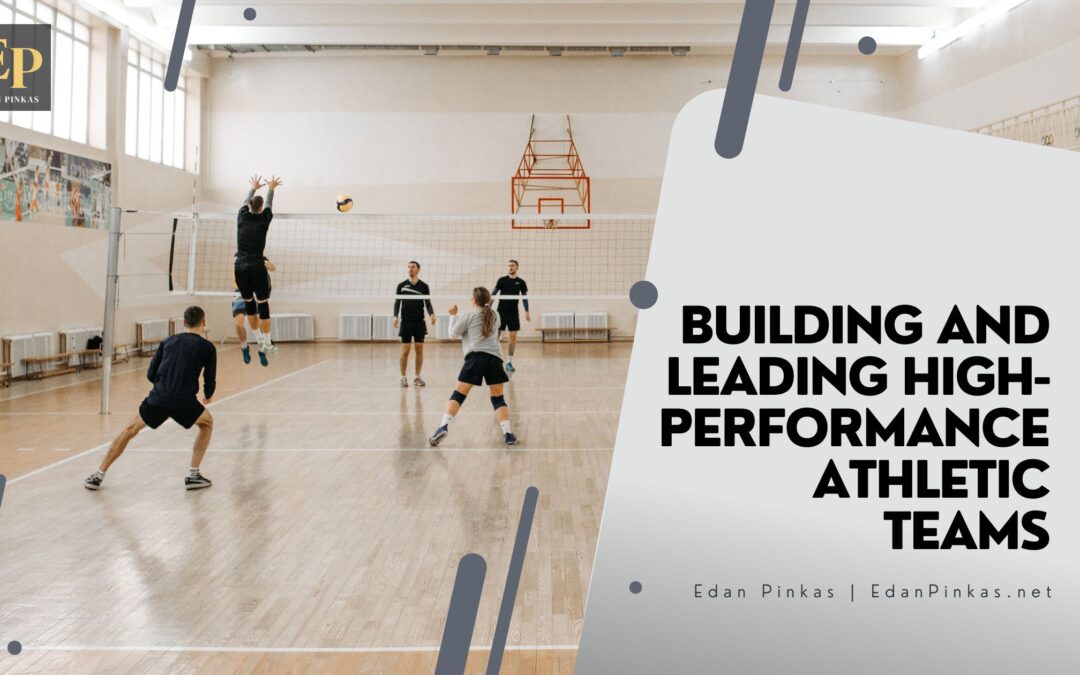In athletics, the distinction between average and exceptional performance frequently hinges on the collective strength of the team. Forming and guiding high-performance athletic teams demands more than merely gathering skilled individuals; it necessitates a deliberate strategy to cultivate teamwork, motivation, and unity. Let’s delve into essential strategies for constructing and steering high-performance athletic teams, ensuring consistent success both in competition and beyond.
First and foremost, creating a shared vision and culture is essential for building a high-performance team. Athletic teams thrive when members are aligned around a common purpose and values. Leaders must articulate a compelling vision for success and instill a culture of excellence, accountability, and collaboration. By fostering a sense of belonging and shared ownership, teams can overcome challenges, stay focused on their goals, and perform at their best when it matters most.
Moreover, effective communication is paramount for building and leading high-performance teams. Open and transparent communication channels enable athletes, coaches, and staff to share ideas, provide feedback, and resolve conflicts constructively. Leaders must foster an environment where everyone feels heard, valued, and respected, fostering trust and camaraderie among team members. Regular team meetings, one-on-one check-ins, and clear communication protocol expectations help ensure everyone is on the same page and working towards common objectives.
Additionally, cultivating a growth mindset is crucial for building a high-performance team. Athletes must embrace challenges, learn from setbacks, and continuously strive for improvement. Leaders play a pivotal role in fostering a culture of learning and development by providing constructive feedback, celebrating progress, and encouraging innovation and experimentation. By empowering athletes to take ownership of their growth and development, teams can adapt to changing circumstances and excel in the face of adversity.
Furthermore, building trust and cohesion among team members is essential for fostering high performance. Trust is the foundation of effective teamwork, enabling athletes to rely on and support one another both on and off the field. Leaders must foster a sense of camaraderie and mutual respect by creating opportunities for team bonding, fostering open communication, and promoting a culture of inclusivity and support. When athletes trust and respect their teammates, they are more likely to collaborate effectively, overcome obstacles, and achieve shared goals.
In conclusion, building and leading high-performance athletic teams requires a multifaceted approach encompassing vision, communication, mindset, and trust. Leaders can create an environment where athletes thrive and achieve their full potential by creating a shared vision and culture, fostering open communication, cultivating a growth mindset, and building trust and cohesion among team members. Ultimately, high-performance teams are not just made up of talented individuals but are forged through a shared commitment to excellence, teamwork, and continuous improvement.

